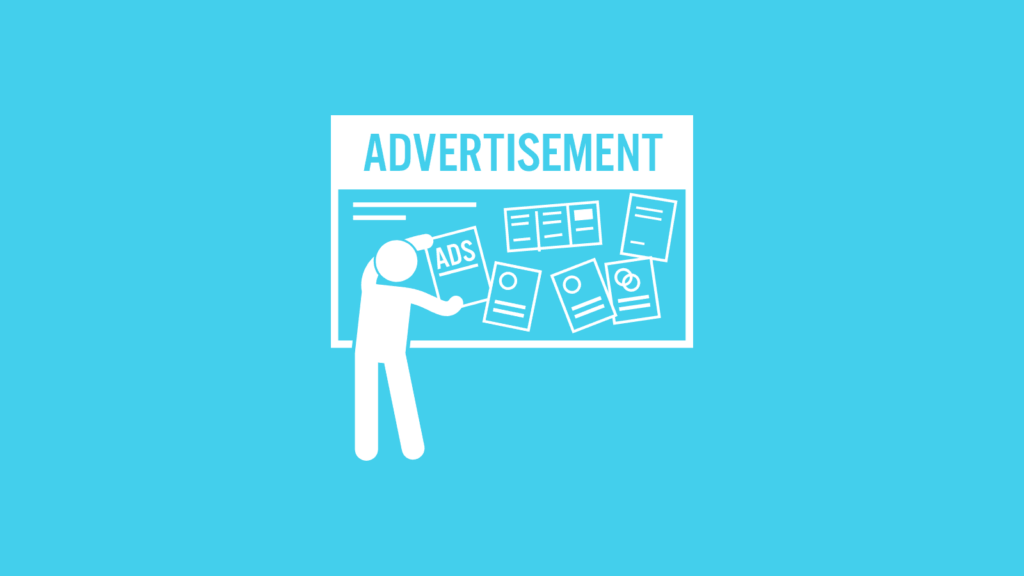Advertisements in a Responsive Online Magazine
What are the possibilities and how to get started

I visit publishers quite regularly, and a question that is almost always asked is the following: ‘How do advertisements in digital magazines work?’ In this blog, I will explain the subject of Responsive Advertising.
What is the difference between advertisements for print and online advertisements?
Advertisements in paper magazines are based on reach. Reach is calculated as the circulation multiplied by the number of times a magazine is ‘passed on to a neighbor’. There is some guesstimating involved, and hard data is almost never collected. And this is precisely the power of online advertising! You can determine with an accuracy of three decimal places who has seen your ad, how long they looked at it and what the effect of the ad was. In fact, you can see how the viewer ended up looking at your ad and what links he subsequently clicked on. You will also be able to see if your ad has been viewed on a PC, tablet, or mobile phone. In addition to measurability, a digital advertisement can contain lots of multimedia content (e.g. videos or music) or personalized information.
Interested in responsive advertisements?

The ‘mobile-first approach’ is becoming more and more crucial. A standard print ad is usually made to the A4 standard size. This will not work on a smartphone or tablet. The fit isn’t perfect and the ad is moreover static. All you can do is look at it. When online, readers want to do something! Click on a button, for example, or look at a video, preferably without having to pinch it three times or clicking on the wrong link twice. This is why making an advertisement responsive is a good idea – so it adapts itself to the device on which it is viewed.
What are the possibilities?
Your creativity (and our templates ☺) are the only restrictions. In addition to a text and image ad you could consider a video, an advertorial, branded content, a live product feed from your web shop, a game, a feedback form etc. There are many different options, and more will become available in the coming months. So keep your eyes open, take a look around and try and find some interesting examples. What works for you? Give it a personal touch that fits in with your organization.
What do I tell my advertiser?

It is not difficult to make a responsive ad, but it’s not easy either. All the elements of the advertisement must be supplied separately, so you, the publisher, can use an advertisement template for formatting. Advise your advertiser to think about richer content and a clear call-to-action. Ensure that the image can be made to fit both landscape and portrait screens. Above all: keep the lines of communication with your advertiser open, keep testing, measuring, directing and improving.
How do I know what works and what doesn’t?
Because there is still so much to discover, it is important to run tests. It is wise to create several versions of your ads. Carry out tests to see which one responds the best and work out the details for that advertisement. Using a UTM-code and Google Analytics, it is easy to find out which advertisement brings the visitor to your landing page.
FAQ
What are responsive online magazine advertisements?
Responsive online magazine advertisements are dynamic and adaptable ads that adjust their layout and content based on the device and screen size of the viewer, ensuring a seamless user experience.
How can advertisers optimize their ad placement in a responsive online magazine?
Advertisers should work closely with publishers to choose strategic ad positions, consider user behavior, and create visually appealing, responsive ad designs.
What are the advantages of using native advertising in a responsive online magazine?
Native advertising seamlessly blends with the magazine’s content, making it less intrusive and more engaging for readers, ultimately leading to higher click-through rates.
What targeting options are available for advertisers in responsive online magazines?
Advertisers can target specific demographics, interests, and behaviors, ensuring their ads reach the most relevant audience segments.
How can advertisers measure the effectiveness of their ads in a responsive online magazine?
Advertisers can track key metrics such as click-through rates (CTR), conversion rates, and engagement levels to gauge ad performance and make necessary optimizations.
What is the role of responsive design in ensuring that ads display correctly on various devices within an online magazine?
Responsive design ensures that ads adjust their size, format, and layout to fit different screens, preventing issues like ad cutoff or distortion.
Are there best practices for creating visually appealing advertisements for online magazines?
Advertisers should prioritize high-quality visuals, clear messaging, and a compelling call to action (CTA) to create ads that resonate with readers.
What formats do responsive online magazine ads typically come in?
These ads can be in various formats, including static images, animated banners, video ads, and interactive elements like quizzes or surveys.
How can online magazines maintain a balance between ad revenue and a positive user experience?
Publishers should carefully manage ad density, prioritize user-friendly formats, and avoid excessive ads that might deter readers.
What role does ad placement and content relevance play in the success of responsive online magazine ads?
Well-placed ads that align with the magazine’s content and reader interests are more likely to capture attention and generate conversions.
Author bio
 Ritesh is a digital marketing manager with years of experience in driving growth. He’s currently the director of inbound marketing at Foleon. You can find more about him on his LinkedIn profile.
Ritesh is a digital marketing manager with years of experience in driving growth. He’s currently the director of inbound marketing at Foleon. You can find more about him on his LinkedIn profile.
Create more and better content
Check out the following resources and Grow!